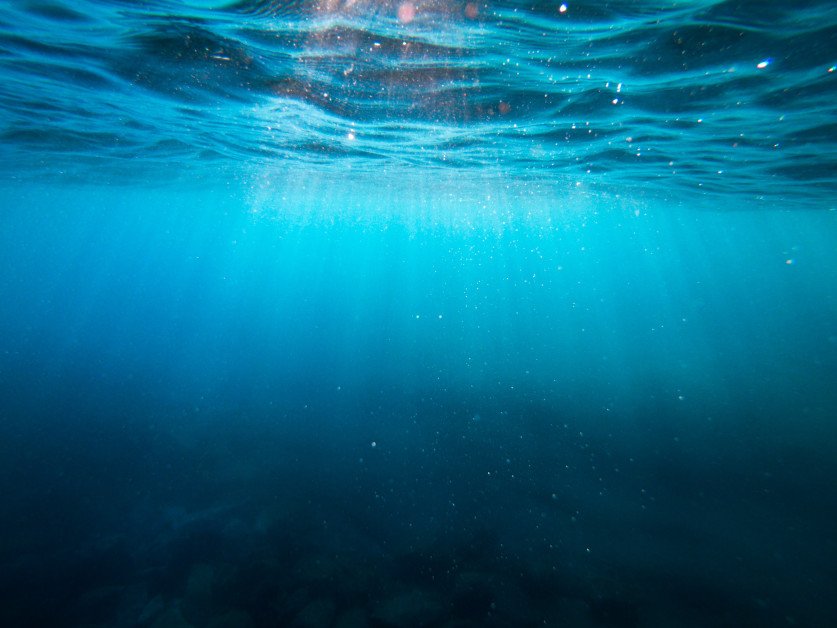Robotics
Revolutionizing Underwater Exploration: Brown University’s Pleobot Unlocks Ocean Secrets

Imagine a sophisticated network of interconnected, self-directed robots. They operate in unison, like an intricate aquatic ballet, navigating the pitch-black depths of the ocean, carrying out detailed scientific surveys and high-stakes search-and-rescue missions. This futuristic vision is inching closer to reality, thanks to researchers at Brown University, who are pioneering the development of a new type of underwater navigation robots. One such robotic platform, called Pleobot, is the star of their recently published study in Scientific Reports.
Krill, those tiny crustaceans serving as a crucial part of marine ecosystems, are extraordinary swimmers with exceptional capabilities in maneuverability, acceleration, and turning. Their remarkable athletic abilities have inspired the researchers at Brown University to develop Pleobot—a robotic platform made up of three articulated sections that mimic the metachronal swimming style characteristic of krill.
“Pleobot allows us unparalleled resolution and control to investigate all the aspects of krill-like swimming that help it excel at maneuvering underwater,” says Sara Oliveira Santos, a Ph.D. candidate at Brown's School of Engineering and the lead author of the study.
The research team aims to use Pleobot as a comprehensive tool to understand krill-like swimming and harness the potential of 100 million years of evolution to engineer better robots for ocean navigation.
Mechanics of Pleobot: Emulating the Wonders of Krill Swimming
The Pleobot project is an international collaboration between Brown University and the Universidad Nacional Autónoma de México. Together, they're decoding the mysteries of how krill, known as metachronal swimmers, navigate complex marine environments and perform colossal vertical migrations of over 1,000 meters twice daily—equivalent to stacking three Empire State Buildings.
“We have snapshots of the mechanisms they use to swim efficiently, but we do not have comprehensive data,” explains Nils Tack, a postdoctoral associate in the Wilhelmus lab at Brown University.
The team has built and programmed Pleobot to precisely emulate the krill's leg movements and alter the shape of the appendages, providing a new, more in-depth understanding of fluid-structure interactions at the appendage level.
Pioneering the Future of Autonomous Underwater Vehicles
According to the researchers, the metachronal swimming technique enables krill to maneuver remarkably well, displaying a sequential deployment of their swimming legs in a wave-like motion. This characteristic is something they believe could be incorporated into future deployable swarm systems. Monica Martinez Wilhelmus, Assistant Professor of Engineering at Brown University, asserts, “Being able to understand fluid-structure interactions at the appendage level will allow us to make informed decisions about future designs.
These future robotic swarms could map Earth's oceans, participate in extensive search-and-recovery missions, or even explore the oceans of moons in our solar system, like Europa. Wilhelmus adds, “Krill aggregations are an excellent example of swarms in nature… This study is the starting point of our long-term research aim of developing the next generation of autonomous underwater sensing vehicles.”
The Significance of Pleobot's Design
Pleobot's construction involves a multi-disciplinary team specializing in fluid mechanics, biology, and mechatronics. Its components primarily consist of 3D printable parts, and the design is open-source. The researchers have replicated the opening and closing motion of krill's biramous fins, believed to be a first for such a platform. The model is constructed at ten times the scale of krill, which are usually about the size of a paperclip, allowing for more accurate observation and analysis.
“In the published study, we reveal the answer to one of the many unknown mechanisms of krill swimming: how they generate lift in order not to sink while swimming forward,” says Oliveira Santos. “We were able to uncover that mechanism by using the robot,” adds Yunxing Su, a postdoctoral associate in the lab. They discovered that a low-pressure region at the backside of the swimming legs contributes to the lift force enhancement during the power stroke of the moving legs, a crucial finding for understanding and replicating krill's efficient swimming.
The Brown University team's trailblazing work with Pleobot marks a significant leap forward in the quest to develop the next generation of autonomous underwater sensing vehicles. The possibilities seem as vast as the oceans these robots are intended to explore.














